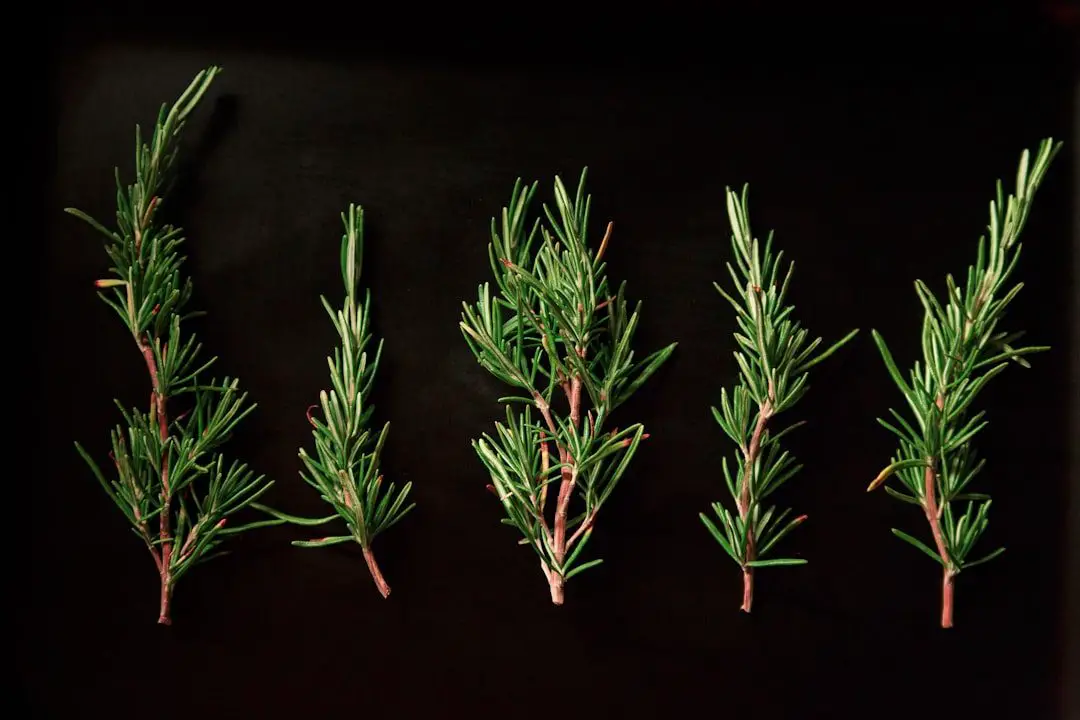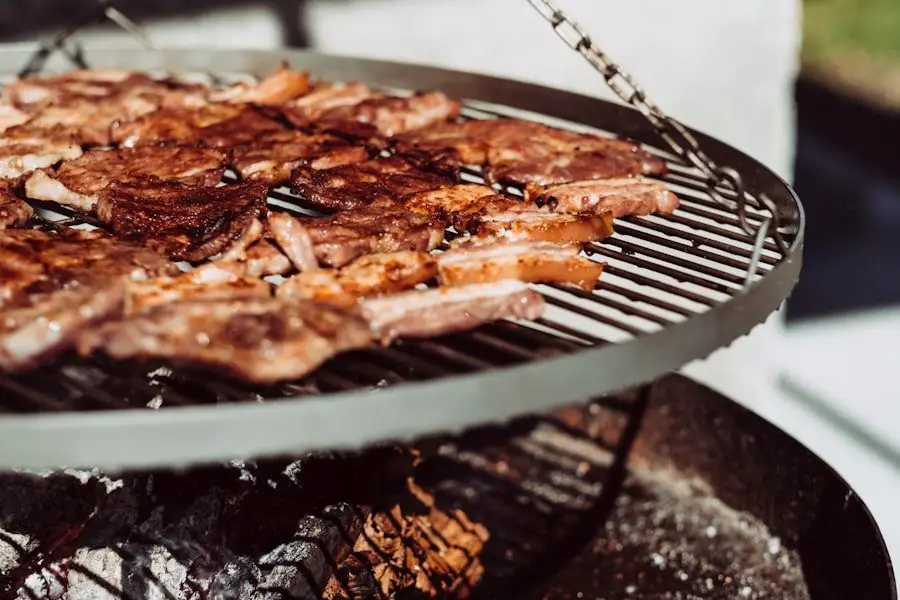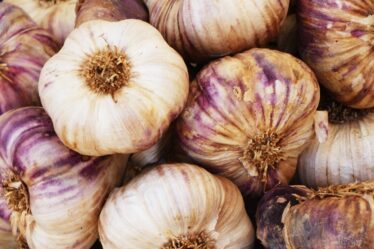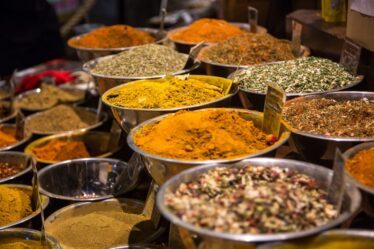
Meat rubs are a mixture of spices, herbs, and other flavorings that are applied to meat before cooking. They work by enhancing the flavor and texture of the meat, creating a delicious crust on the outside while keeping the inside moist and tender. The concept of using rubs dates back centuries, with different cultures around the world developing their own unique blends of spices and herbs.
Key Takeaways
- Meat rubs are a blend of herbs, spices, and seasonings used to enhance the flavor of meat.
- Using meat rubs can provide both health and flavor benefits, such as reducing the need for added salt and sugar.
- Essential ingredients for making delicious meat rubs include salt, sugar, and a variety of spices and herbs.
- Classic meat rub recipes range from BBQ to Cajun, and creative ideas include unconventional flavors like coffee and cocoa.
- Tips for applying meat rubs include using a generous amount, patting it down firmly, and letting it sit for at least an hour before cooking.
The Benefits of Using Meat Rubs: Health and Flavor Advantages
One of the main benefits of using meat rubs is that they often have reduced sodium and sugar content compared to marinades and sauces. This is especially important for those who are watching their salt or sugar intake. By using a rub instead of a marinade or sauce, you can still add flavor to your meat without adding excessive amounts of these ingredients.
In addition to being healthier, meat rubs also enhance the flavor and tenderness of the meat. The combination of spices and herbs in a rub can create a complex and delicious flavor profile that complements the natural flavors of the meat. The rub also helps to seal in moisture, resulting in a juicy and tender final product.
Furthermore, many spices and herbs used in meat rubs have health benefits of their own. For example, turmeric is known for its anti-inflammatory properties, while garlic has been shown to have antibacterial and antiviral effects. By incorporating these ingredients into your meat rubs, you can not only enhance the flavor of your dishes but also boost their nutritional value.
Essential Ingredients for Making Delicious Meat Rubs
There are countless spices and herbs that can be used in meat rubs, but some common ones include paprika, chili powder, cumin, garlic powder, onion powder, black pepper, salt, oregano, thyme, rosemary, and parsley. These ingredients can be combined in various ratios to create different flavor profiles, from smoky and spicy to sweet and tangy.
When creating a meat rub, it’s important to balance the flavors and textures of the ingredients. For example, if you’re using a strong spice like cayenne pepper, you may want to balance it out with a milder herb like parsley. Similarly, if you’re using a sweet ingredient like brown sugar, you may want to add some acidity with lemon zest or vinegar.
Creating your own unique meat rub blend is a fun and creative process. Start by experimenting with different combinations of spices and herbs, keeping track of the ratios and flavors that you enjoy. Don’t be afraid to try unconventional ingredients or spices from different cuisines. The possibilities are endless!
Classic Meat Rub Recipes: From BBQ to Cajun and Everything in Between
| Meat Rub Recipe | Ingredients | Preparation Time | Serving Size |
|---|---|---|---|
| BBQ Rub | Paprika, brown sugar, salt, black pepper, garlic powder, onion powder, cumin, cayenne pepper | 5 minutes | 1/4 cup |
| Cajun Rub | Paprika, garlic powder, onion powder, cayenne pepper, dried oregano, dried thyme, salt, black pepper | 5 minutes | 1/4 cup |
| Steak Rub | Kosher salt, black pepper, garlic powder, onion powder, smoked paprika, dried thyme, dried rosemary | 5 minutes | 1/4 cup |
| Pork Rub | Brown sugar, paprika, garlic powder, onion powder, cumin, salt, black pepper, cayenne pepper | 5 minutes | 1/4 cup |
1. Traditional BBQ Rub Recipe:
– 2 tablespoons paprika
– 1 tablespoon brown sugar
– 1 tablespoon chili powder
– 1 tablespoon salt
– 1 tablespoon black pepper
– 1 teaspoon garlic powder
– 1 teaspoon onion powder
– 1 teaspoon cayenne pepper (optional for extra heat)
Combine all the ingredients in a bowl and mix well. Rub the mixture onto your meat, making sure to cover all sides. Let it sit for at least 30 minutes before cooking.
2. Cajun Spice Rub Recipe:
– 2 tablespoons paprika
– 1 tablespoon dried thyme
– 1 tablespoon dried oregano
– 1 tablespoon garlic powder
– 1 tablespoon onion powder
– 1 tablespoon salt
– 1 tablespoon black pepper
– 1 teaspoon cayenne pepper (adjust to taste)
Mix all the ingredients together in a bowl. Rub the mixture onto your meat, ensuring even coverage. Let it sit for at least 30 minutes before cooking.
3. Mexican-Inspired Meat Rub Recipe:
– 2 tablespoons chili powder
– 1 tablespoon cumin
– 1 tablespoon paprika
– 1 tablespoon garlic powder
– 1 tablespoon onion powder
– 1 tablespoon salt
– 1 tablespoon black pepper
Combine all the ingredients in a bowl and mix well. Rub the mixture onto your meat, making sure to coat all sides. Let it sit for at least 30 minutes before cooking.
4. Asian-Inspired Meat Rub Recipe:
– 2 tablespoons soy sauce
– 1 tablespoon sesame oil
– 1 tablespoon ginger powder
– 1 tablespoon garlic powder
– 1 tablespoon brown sugar
– 1 teaspoon Chinese five-spice powder
Mix all the ingredients together in a bowl to form a paste. Rub the mixture onto your meat, ensuring even coverage. Let it sit for at least 30 minutes before cooking.
Creative Meat Rub Ideas: Unconventional Flavors to Try on Your Next Dish
1. Coffee and Cocoa Rub Recipe:
– 2 tablespoons ground coffee
– 2 tablespoons cocoa powder
– 1 tablespoon brown sugar
– 1 tablespoon paprika
– 1 teaspoon chili powder
– 1 teaspoon salt
– 1 teaspoon black pepper
Combine all the ingredients in a bowl and mix well. Rub the mixture onto your meat, making sure to cover all sides. Let it sit for at least 30 minutes before cooking.
2. Curry and Coconut Rub Recipe:
– 2 tablespoons curry powder
– 2 tablespoons shredded coconut
– 1 tablespoon brown sugar
– 1 tablespoon garlic powder
– 1 tablespoon onion powder
– 1 teaspoon salt
– 1 teaspoon black pepper
Mix all the ingredients together in a bowl. Rub the mixture onto your meat, ensuring even coverage. Let it sit for at least 30 minutes before cooking.
3. Citrus and Herb Rub Recipe:
– Zest of 1 lemon
– Zest of 1 orange
– 2 tablespoons dried thyme
– 2 tablespoons dried rosemary
– 1 tablespoon garlic powder
– 1 tablespoon onion powder
– 1 tablespoon salt
– 1 tablespoon black pepper
Combine all the ingredients in a bowl and mix well. Rub the mixture onto your meat, making sure to coat all sides. Let it sit for at least 30 minutes before cooking.
4. Smoky and Spicy Rub Recipe:
– 2 tablespoons smoked paprika
– 1 tablespoon chili powder
– 1 tablespoon cumin
– 1 tablespoon garlic powder
– 1 tablespoon onion powder
– 1 tablespoon salt
– 1 tablespoon black pepper
Mix all the ingredients together in a bowl. Rub the mixture onto your meat, ensuring even coverage. Let it sit for at least 30 minutes before cooking.
How to Apply Meat Rubs: Tips and Tricks for Even Coverage

Before applying the rub, it’s important to pat the meat dry with paper towels. This helps to remove any excess moisture, allowing the rub to adhere better to the surface of the meat.
To ensure even coverage, start by sprinkling the rub over the meat and then use your hands to massage it into the surface. Make sure to cover all sides of the meat, including any nooks and crannies.
If you’re working with a large piece of meat, such as a whole chicken or a pork shoulder, you can also use a basting brush or your hands to apply the rub. This allows for more control and ensures that every part of the meat is coated.
After applying the rub, let it sit on the meat for at least 30 minutes before cooking. This allows the flavors to penetrate the meat and enhances the overall taste.
Marinating vs. Rubbing: Which Method is Best for Your Meat?
Marinating and rubbing are two different methods of flavoring meat, and each has its own advantages and disadvantages.
Marinating involves soaking the meat in a liquid mixture, usually containing acids like vinegar or citrus juice, along with herbs, spices, and other flavorings. This method is great for tenderizing tougher cuts of meat and infusing them with flavor. However, marinating can take a long time, often requiring several hours or even overnight for the flavors to fully develop.
On the other hand, rubbing involves applying a dry mixture of spices and herbs directly onto the surface of the meat. This method is quicker and more convenient, as there is no need to wait for the flavors to penetrate the meat. Rubs also create a flavorful crust on the outside of the meat, adding texture and depth to the dish.
The choice between marinating and rubbing depends on personal preference and the type of meat you’re working with. For quick weeknight meals or when you’re short on time, rubbing is a great option. However, if you have more time and want to tenderize tougher cuts of meat, marinating can be a good choice.
Pairing Meat Rubs with Different Cuts of Meat: A Guide to Cooking Success
Different cuts of meat require different cooking techniques and flavors. Here’s a guide to pairing meat rubs with different types of meat:
– Beef: For beef, bold and robust flavors work well. A classic BBQ rub with paprika, chili powder, garlic powder, and black pepper is a great choice. You can also experiment with smoky flavors like smoked paprika or chipotle powder.
– Pork: Pork pairs well with sweet and savory flavors. A rub with brown sugar, paprika, garlic powder, onion powder, salt, and black pepper is a classic combination. You can also add some heat with cayenne pepper or chili powder.
– Chicken: Chicken is versatile and can be paired with a wide range of flavors. A rub with paprika, garlic powder, onion powder, salt, and black pepper is a simple and delicious option. You can also add some herbs like thyme or rosemary for extra flavor.
– Fish: Fish is delicate and requires more subtle flavors. A rub with lemon zest, dill, salt, and black pepper is a light and refreshing choice. You can also experiment with citrus flavors like lime or orange.
When using rubs on different cuts of meat, it’s important to adjust the amount of rub used based on the size and thickness of the meat. Thicker cuts may require more rub to ensure even coverage, while thinner cuts may need less.
Homemade vs. Store-Bought Meat Rubs: Pros and Cons
Making your own meat rubs allows you to have complete control over the ingredients and flavors. You can customize the blend to suit your taste preferences and dietary restrictions. Homemade rubs also tend to be fresher and more flavorful than store-bought ones.
However, making your own rubs can be time-consuming and requires having a well-stocked spice cabinet. It also requires some trial and error to find the perfect balance of flavors. If you’re short on time or don’t have a wide variety of spices on hand, store-bought rubs can be a convenient option.
When choosing store-bought rubs, it’s important to read the ingredient list and nutrition facts label. Look for rubs that have minimal additives and preservatives. It’s also a good idea to choose rubs that have a good balance of flavors and are versatile enough to use on different types of meat.
Final Thoughts: Experimenting with Meat Rubs for Endless Culinary Possibilities
Meat rubs are a versatile and delicious way to enhance the flavor and texture of your dishes. Whether you’re grilling, roasting, or smoking, there’s a meat rub out there for every occasion and taste preference.
Don’t be afraid to experiment with different flavors and ingredients. Try combining spices and herbs from different cuisines to create unique flavor profiles. You can also adjust the amount of heat, sweetness, or acidity in your rubs to suit your personal preferences.
Remember to have fun and enjoy the process of creating delicious meals with meat rubs. With a little creativity and experimentation, you can elevate your cooking to new heights and impress your family and friends with your culinary skills. So go ahead, grab your spices and herbs, and start creating your own signature meat rubs today!
If you’re a meat lover looking to elevate your grilling game, you’ll definitely want to check out Flavorful Sips’ article on meat spices and rubs. They delve into the world of flavor-packed seasonings that can take your meats to the next level. From classic blends to unique combinations, this article has it all. And while you’re at it, don’t miss their other fascinating articles on topics like the old-time classic soft drink, sarsaparilla, and the delightful Korean pear delicacy known as baesuk. So, grab your apron and head over to Flavorful Sips for some mouthwatering inspiration!



